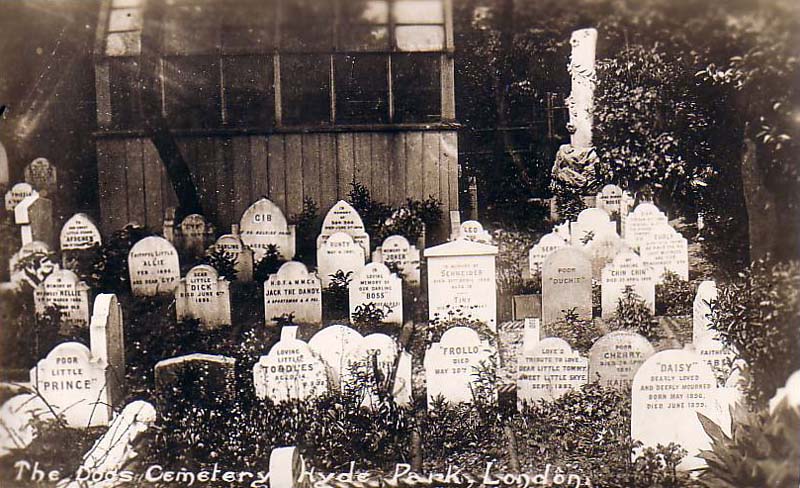Have been snacking my way through the fun The Rituals of Dinner – The Origins, Evolution, Eccentricities and Meaning of Table Manners by Margaret Visser (available for a fiver from Judd Books in Bloomsbury, should you happen to be in the vicinity. It boasts lots of fascinating cross-cultural snippets:
* The original modern spaghetti, in Naples in the 19th century, was eaten with your hands. “You had to raise the strings in your right hand, throw back your head, then lower the strings, dextrously with dispatch, and without slurping with your open mouth.” (p. 17-18)
* Children in Europe often stood at the table to eat – partly for practical reasons, partly to reflect their lower status, but also for “health” reasons: “It was believed eating food while upright facilitated digestion: to this day Scots like eating their porridge standing up.” (p. 49)
*Visiting the Outer Hebrides in the mid-19th century, Osgood Mackenzie reported his hostess “was busy prepar,ing the breakfast, and bade us to sit down on little low stools by the fire, and wait until she could milk the cow. The wife took up an armful of heather and deposited it at the feet of the nearest cow, which was tied up within two or three yards of the fire, to form a drainer. Then, lifting the pot off the fire, she emptied it on to the heather; the hot water disappeared and ran among the cow’s legs but the contents, consisting of potatoes and fish, remained on top of the heather. Then, from a very black-looking bed, three stark-naked boys arose, one by one, aged I should say, from six to ten years, and made for the fish and potatoes, each youngster carrying off as much as both his hands could contain. Back they went to their bed, and started devouring their breakfast with apparent great appetite under the blankets.” (p. 55-56)
* Among the oldest etiquette guides: Hesiod – “at the abundant dinner of the gods, do not sever with bright steel the withered from the quick upon that which has five branches.” (i.e. don’t cut your fingernails at the table. Ptah-Hotep’s Instructions written to his son in c. 2000BC, but copied from one at least 500 years older.
* “The French word for household is a foyer, literally a hearth. (Our theatres have foyers because they once offered their patrons a fire in the vestibule, so people could warm themselves on arrival. (p. 80)
* The words host and guest come from the Indo-European ghostis (stranger), reflecting the bond that unites them. (p. 91)
* A Roman banquet would include parasites . . . clients or retainers, fed at the table of a rich man … they were guests who would never turn into hostss… they were made the but of jokes, and were expected to fawn, flatter and be ridiculed for it. The emperor Augustus had an Etruscan parasite called Gabba, whose wife was as welcome at any dinner as he, for Maecenas, the emperor’s powerful friend and patron of the arts, was fascinated by her.
* Henry II of England gave a sergeantry to a man named Roland “de Pettour” or “le Fartere” and to his heirs, provided they could be counted upon to perform at his annual Christmas Day banquet saltum siffletum et pettum or bumbulum (“a leap, a whistle and a fart”) and a minstrel in Piers Plowman (ca 1380) complains that he lacks the skill to “fart in tune at feasts”. (p. 105)
* 13 has long been an unacceptable number for dinner. “An institution called the quatoriemes existed in 19th-century Paris. These were men who waited at home beetwen 5pm and 9pm every night, all dressed up and ready to step into the breach where any dinner party threatened suddenly the number 13. You could hire a presentable, experienced “fourteenth” whenever you needed one.” (p. 107)
* European medieval ceremony required that in a noble house hand-washing should be followed by an elaborate, often extraordinarily lengthy tasting ritual, where the food for the lord or his high table was “assayed” by officers whose job it was to die if the food should turn out to be poisoned. Tasting was called ‘credence,’ because of the belief or confidence which the ritual was meant to instil; side tables at feasts were known as credence tables” (hence credenzas)… Assaying could be done by touching the food with substances reputed to change colour or bleed if poison should be present. There were serpents’ tongues which specialized in testing salt (these are now said to have been in reality sharks’ teeth), narwhal (“unicorn”) horns, rhinoceros horns pieces of rock crystal, agate, or serpentine, and jewels said to be found in toads’ heads. (p. 139)
* The withdrawing chamber, which split from the great hall for the important people, “eventually split into two. The table, which it now normally contained, moved into a room of its own, which was known first in English as the ‘eating-room’, and then the ‘dining room’, a word which is first found in 1601, and which attained common usage during the 18th century … the diners could sit facing each other, not ranged along one side only, as they were when ‘on display’ in the hall.” (p. 147)
* In the 19th century, “a luncheon tablecloth was allowed to be only a runner, or lacy or pierced, so that the table showed through. … the dining table had become a valuable part of middle-class household furnishings, made of precious wood, polished till it gleamed, and proudly treasured. It became perfectly correct in the late 18th century to show of the table by removing all coverings for the last course, the dessert, of a formal meal, leaving only ‘doilies’, rather substantial flannel squares, in place to protect the wood from being scratched by the plates. These doilies, named after the 17th-century London draper called Mr. D’Oyley were the forerunners of our placemats.” (p. 157)





 About
About